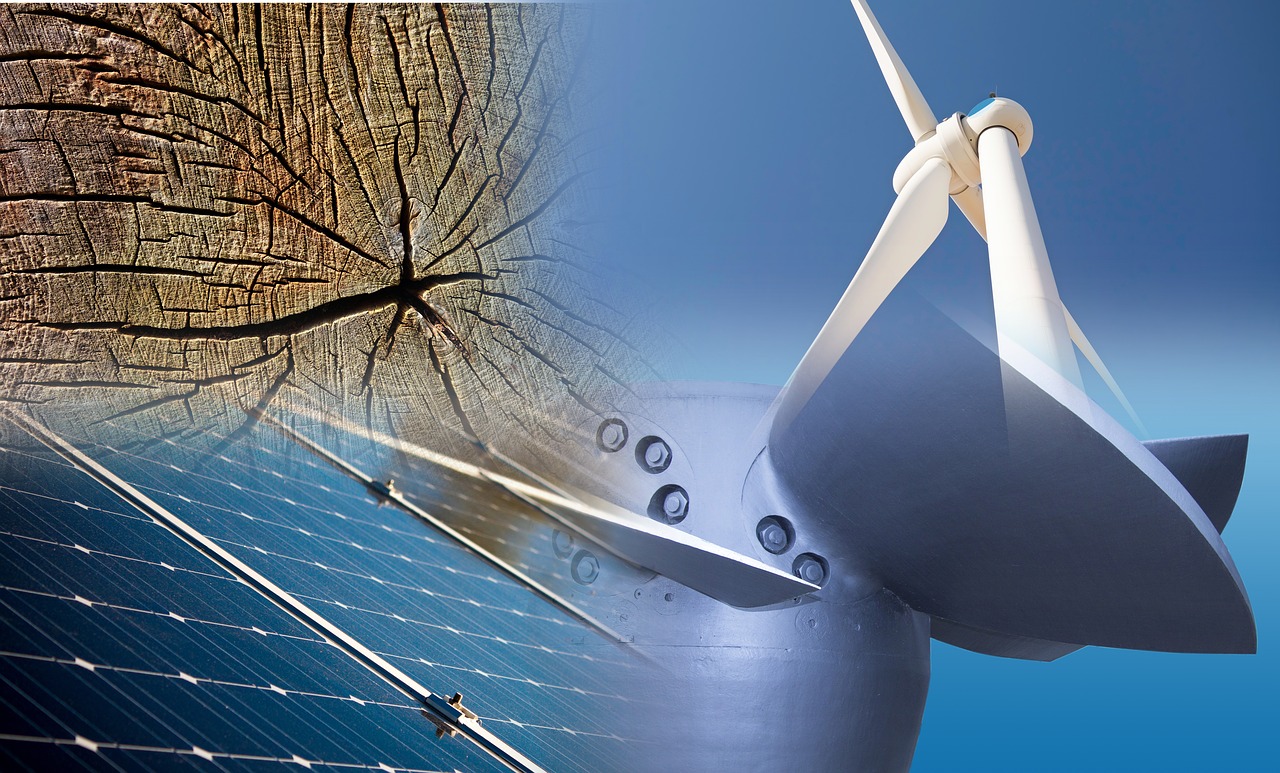In the pursuit of sustainable and efficient urban lighting solutions, using a solar street light have emerged as a beacon of innovation, offering environmentally friendly illumination powered by the sun. These lights, integrated with photovoltaic panels, batteries, and LED technology, stand as a symbol of sustainable urban development, providing reliable lighting while minimizing carbon footprints and energy costs.
Revolutionizing Urban Lighting
Solar street lights, also known as solar-powered street lamps, are self-contained lighting systems designed to provide outdoor illumination in streets, pathways, parking lots, and public spaces. They harness solar energy during the day and store it in built-in batteries to power LED lights during the night.
Components of Solar Street Lights
- Solar Panels: Installed on top of the street lights, these panels absorb sunlight and convert it into electrical energy.
- Battery Storage: Energy generated during the day is stored in batteries, ensuring a continuous power supply for nighttime lighting.
- LED Lights: Highly efficient Light Emitting Diode (LED) bulbs provide bright and focused illumination while consuming minimal energy.
- Controller: A control unit manages the charging and discharging of the batteries and regulates the light intensity based on the surrounding environment.
Advantages of Solar Street Lights
- Energy Efficiency: Solar street lights rely on renewable solar energy, reducing dependency on grid electricity and cutting operational costs.
- Environmental Impact: They produce no greenhouse gas emissions, contributing to a cleaner environment and mitigating climate change.
- Cost Savings: Though the initial installation cost might be higher, solar street lights have low operational and maintenance costs in the long run.
- Reliability and Autonomy: These lights function autonomously, requiring minimal maintenance and unaffected by power outages.
Applications and Impact
Solar street lights find applications in various settings, including:
- Urban Areas: Lighting streets, pathways, parks, and public spaces, enhancing safety and visibility.
- Remote and Rural Areas: Providing illumination in areas with limited access to grid electricity.
- Developing Countries: Improving infrastructure and safety in regions lacking reliable electricity.
Their installation contributes to sustainable urban development, fostering safer and more energy-efficient communities while reducing light pollution and environmental impact.
Future Innovations and Expansion
Continuous advancements in solar technology are enhancing the efficiency and reliability of solar street lights. Innovations focus on improving battery storage, LED efficiency, and smart lighting systems that adjust brightness based on usage and environmental conditions.
Conclusion
Solar street lights represent a convergence of sustainability, innovation, and functionality, illuminating paths towards a cleaner and more energy-efficient future. As cities and communities embrace these eco-friendly lighting solutions, the integration of solar technology contributes not only to energy savings but also to safer and more resilient urban environments.
The adoption of solar street lights is a testament to our commitment to harnessing renewable energy sources for a brighter, more sustainable world—one illuminated street at a time.

